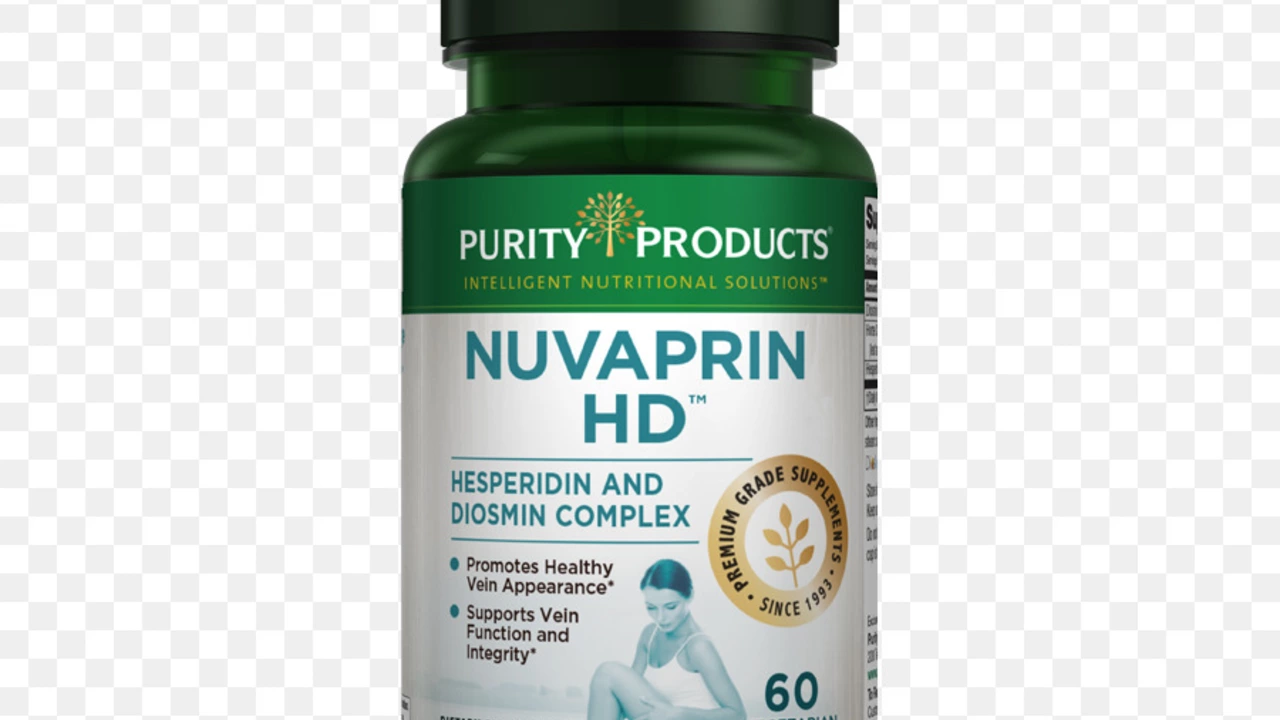In my recent findings, I've discovered Diosmin, a game-changing dietary supplement that significantly improves vein health and blood circulation. This miraculous substance can reduce inflammation and swelling, making it a potent solution for those who suffer from varicose veins. Not only that, but it also promotes better circulation, ensuring that your body receives the nutrients it needs. I was amazed at how Diosmin has transformed the lives of many by providing a natural alternative for vascular health. If you're looking to support your cardiovascular health, Diosmin might just be the supplement you're searching for!
Healthy veins: practical steps to improve leg circulation
Did you know poor vein health starts long before varicose veins show up? Small daily choices—how you sit, what you eat, and whether you move—add up. Here are clear, useful actions you can use right now to protect your veins and lower the chance of swollen, painful legs.
Daily habits that help your veins
Move often. Standing or sitting for hours makes blood pool in your legs. Try a 5-minute walk every hour. If you have a desk job, stand during phone calls or march in place. Even short walks boost the calf-muscle pump, which pushes blood back to the heart.
Use compression stockings when needed. Graduated compression helps squeeze veins and improves blood flow. They come in different strengths; mild support (15–20 mmHg) is fine for prevention, while stronger grades may be needed for varicose veins—ask a clinician for the right fit.
Elevate your legs. Laying flat and lifting your feet above heart level for 10–15 minutes a day reduces swelling. Try it after work to let pooled fluid drain away from the ankles and calves.
Keep a healthy weight. Extra weight increases pressure on leg veins. Losing even a few kilos often reduces swelling and discomfort. Combine walking, resistance work, and smarter food choices rather than crash dieting.
Mind your footwear and clothing. High heels and very tight clothes around the waist or thighs can restrict venous return. Choose supportive, flat shoes for long walks and avoid tight waistbands during long days.
Food, supplements, and small fixes that matter
Eat fiber and reduce salt. Fiber prevents constipation, and straining raises abdominal pressure that stresses leg veins. Less salt cuts water retention and ankle swelling. Aim for whole grains, veggies, and a lower-salt diet.
Choose vein-friendly foods. Berries, citrus, and leafy greens have flavonoids and vitamin C that support vein walls. Dark chocolate (in small amounts) and green tea also help circulation. These aren’t cures, but they support long-term health.
Consider specific supplements carefully. Horse chestnut extract and diosmin/hesperidin formulas are commonly used for varicose symptoms and mild swelling. Always check with your doctor—some supplements interact with medications.
Quit smoking and manage blood pressure. Smoking damages vessels and slows healing. High blood pressure puts extra strain on circulatory health. Stopping smoking and controlling BP protect veins and overall heart health.
Know when to see a doctor. If you have persistent swelling, aching that won’t go away, skin color changes, or a sudden, painful, swollen leg—get medical help. Those signs can mean varicose complications or a blood clot (deep vein thrombosis).
Treatment options vary. For cosmetic or painful varicose veins, clinics offer sclerotherapy, laser ablation, or minimally invasive procedures that close problem veins. A vascular specialist can explain pros, cons, recovery, and realistic results.
Start small: add a short walk, swap salty snacks for fruit, or buy a pair of light compression stockings. These simple moves protect veins now and cut future problems. If symptoms appear, don’t wait—talk to a healthcare provider for targeted care.

